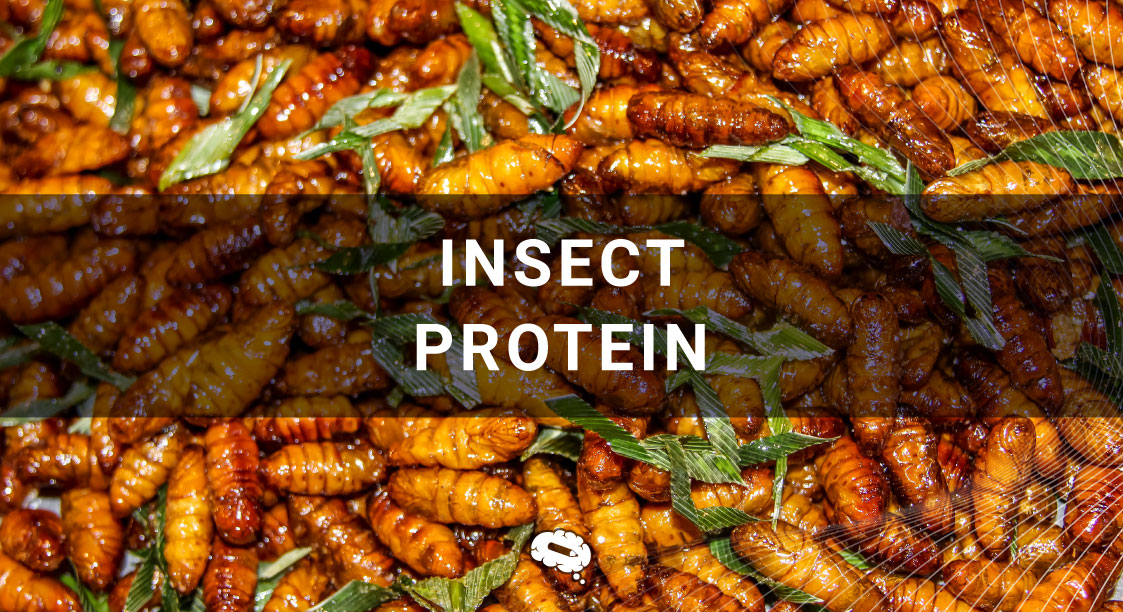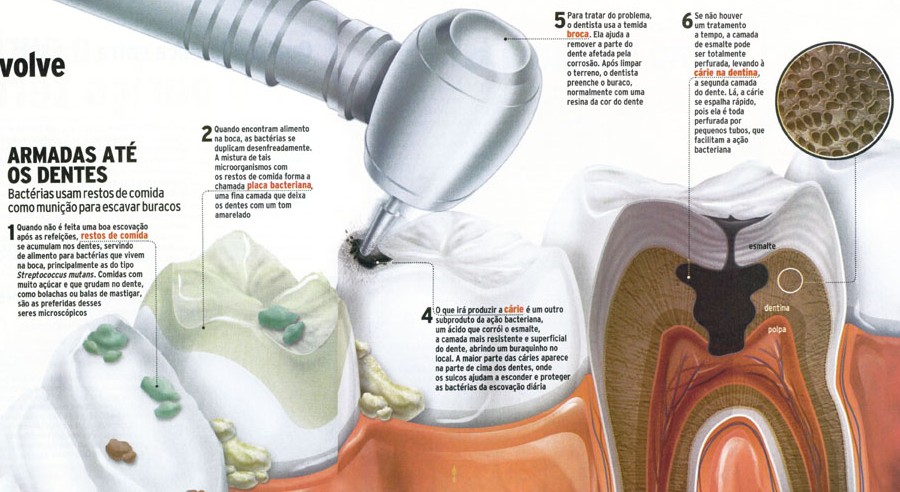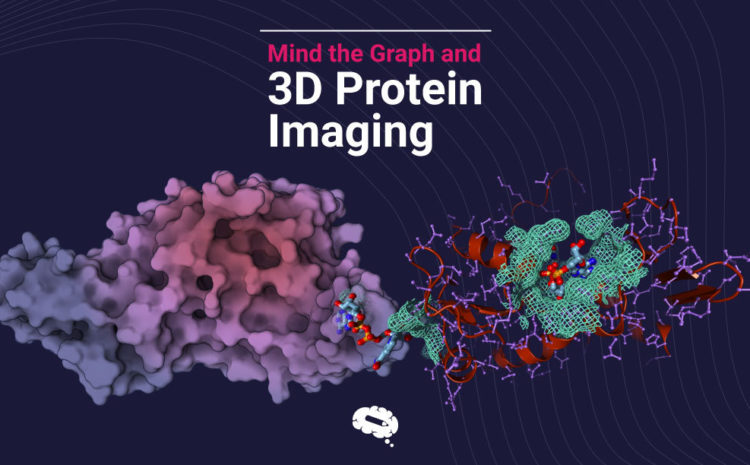Insect protein refers to the protein that is derived from insects. Insects are a rich source of protein and have been consumed as food for centuries in various cultures around the world. Insects are rich in amino acids, vitamins, minerals, and other nutrients, making them a highly nutritious food source.
In this nutritious blog content, we will learn how insect protein can revolutionize the food industry, discovering the benefits and challenges of incorporating insect protein into our diets.
What are insect proteins?
Insect proteins are proteins derived from various species of insects, which have gained attention as a potential source of protein for human and animal consumption. Insects are a rich source of high-quality protein, containing essential amino acids that the human body needs. They are also a more environmentally sustainable alternative to traditional animal protein sources such as beef, pork, and poultry, as they require less land, water, and feed to produce.
Although insects have been consumed in some cultures for centuries, the use of insect proteins in Western diets is still relatively new. However, as awareness grows about the environmental impact of traditional animal agriculture, insect proteins are increasingly being considered a potential solution to the growing demand for protein.
What are the benefits of insect protein?
Insect protein has many benefits, it is a highly nutritious and sustainable food source with several benefits for both human and animal consumption. As the world population continues to grow, insect farming may become an increasingly important part of our food system. There are several benefits to consuming insect protein:
Health
Edible insects are a good source of protein, fiber, vitamins, and minerals. They are also low in fat and calories, making them a healthy food option. For example, crickets contain more protein per gram than beef, and mealworms have more iron than beef. Additionally, some insects contain healthy fats such as omega-3 and omega-6 fatty acids.
Incorporating insects into a balanced diet can help provide a variety of nutrients and contribute to overall health. Furthermore, insects for human consumption are typically raised in controlled environments, they are subject to food safety regulations, and most insects do not carry diseases that can be transmitted to humans.
Sustainability
Insects have a much lower environmental footprint than traditional livestock, such as cows and pigs. They require less land, water, and feed to produce the same amount of protein, making them a more sustainable food source.
Insects produce fewer greenhouse gas emissions and less waste than traditional livestock. They can also be farmed using organic waste products such as food scraps, reducing the amount of waste that ends up in landfills.
Affordability
Insects are easy and inexpensive to farm, making them a cost-effective food source. Because insects require less land, water, and feed than traditional livestock, they have the potential to help alleviate food insecurity in areas with limited resources.
Additionally, many people choose to consume insect protein because it is a more ethical source of protein than traditional sources of animal protein. Insects do not have the same capacity for suffering as larger animals, and they can be raised in a way that minimizes harm and stress.
Understanding the edible insects

There are over 2000 species of insects that can be eaten around the world, with the most popular being crickets, grasshoppers, mealworms, and ants. These insects can be eaten in a variety of forms, including roasted, fried, boiled, and even raw. They can be also consumed fresh, dehydrated, or processed into products such as protein bars, flours, and snacks. The protein content of insects can vary depending on factors such as the insect’s age, diet, and how they are prepared.
Breeding edible insects
The breeding of these insects may vary depending on the species and the purpose of their production, but generally, the process follows some basic steps:
Selection and acquisition of insects: Insects can be collected in nature or raised in captivity. When raised in captivity, it is important to select healthy and genetically sound insects to ensure the quality of the final product.
Preparation of the environment: The environment must be suitable for insect breeding, with controlled temperature, humidity, and lighting conditions. The facilities may vary depending on the type of insect, ranging from cages, and boxes, to terrariums.
Feeding and management: Insects are fed a specific diet that may include commercial feed or natural foods such as leaves and fruits. Some insects require special care such as temperature and humidity control, or pruning of plants to prevent larvae from hiding and feeding.
Harvesting and processing: When the insects reach the right size and weight, they are harvested and processed for human consumption. Processing may include the removal of wings and legs, cleaning, and sterilization of the insects.
In conclusion, edible insects have the potential to provide a variety of health benefits, while also being a sustainable and affordable food source. While they may not be a common part of the Western diet yet, they are gaining popularity and may become an increasingly important part of our food system in the future.
Create beautiful scientific posters with no effort
Mind the Graph platform is an online tool that helps scientists and researchers create visually appealing scientific posters without the need for graphic design skills. The platform offers a wide range of pre-designed templates, icons, images, and graphics that can be customized to fit any research project or scientific topic.


Subscribe to our newsletter
Exclusive high quality content about effective visual
communication in science.





